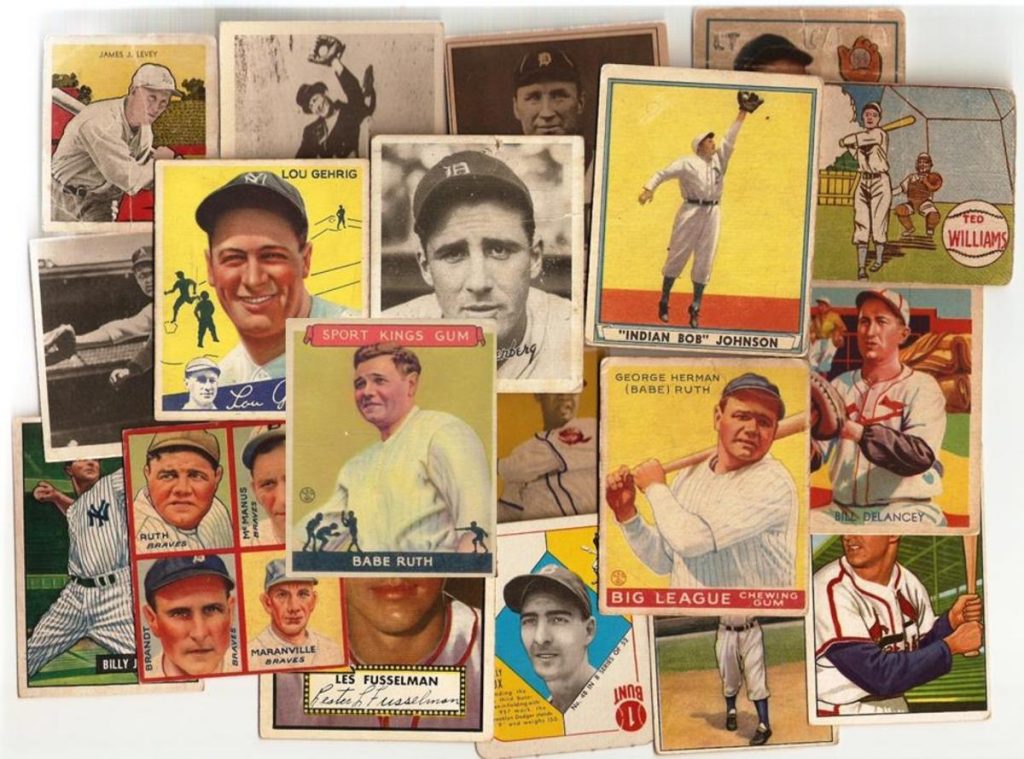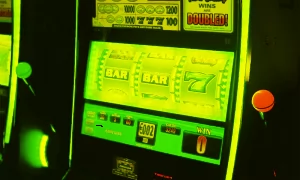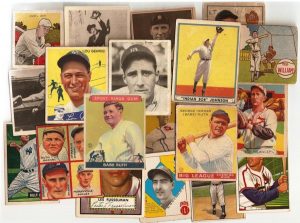Exploring the Legacy of Vintage Baseball Cards

The History and Evolution of Vintage Baseball Cards
Vintage baseball cards hold a unique place in sports history, capturing the legacy of players and the evolution of the game. The earliest known baseball cards date back to the late 19th century, when tobacco companies included them in cigarette packs as promotional items. These early cards, often referred to as tobacco cards, featured legendary players and became highly sought after by collectors.
As the sport gained popularity, baseball cards evolved. The 1930s saw the emergence of gum cards, with companies like Goudey and Play Ball producing sets that showcased colorful illustrations and player statistics. The post-war era brought further innovation, with Topps dominating the market from the 1950s onward. The 1952 Topps set, featuring the iconic Mickey Mantle rookie card, remains one of the most valuable and recognizable collections in the hobby.
Card designs changed over the decades, reflecting the trends and styles of their respective eras. The 1960s and 1970s introduced vibrant colors and action photography, while the 1980s saw mass production that impacted the scarcity and value of certain cards. Despite shifts in production methods, vintage baseball cards continue to captivate collectors due to their historical significance and nostalgic appeal.
Factors That Influence the Value of Vintage Baseball Cards
Several factors contribute to the value of vintage baseball cards, making each piece a potential treasure. Rarity plays a significant role, as cards produced in limited quantities or with printing errors often command higher prices. The Honus Wagner T206 card, for example, is one of the most valuable in existence due to its scarcity and the circumstances surrounding its production.
Condition is another crucial factor in determining value. Cards are graded based on their centering, corners, edges, and surface quality. Professional grading services such as PSA and Beckett provide authentication and numerical ratings, helping collectors assess a card’s worth. Even slight imperfections can impact the value significantly, making well-preserved cards highly desirable.
The popularity of a player also influences demand. Hall of Famers and legendary figures like Babe Ruth, Jackie Robinson, and Hank Aaron often have cards that appreciate in value. Additionally, milestone seasons and record-breaking performances can increase the appeal of certain cards, particularly those issued during significant years in a player’s career.
Scarcity and demand often go hand in hand. If a particular card is difficult to find and highly sought after, its value tends to rise. Limited edition releases, regional prints, and promotional cards can all contribute to the rarity factor, making them attractive to serious collectors and investors alike.
Building and Maintaining a Vintage Baseball Card Collection
Collecting vintage baseball cards requires knowledge, patience, and a strategic approach. Many collectors focus on specific eras, teams, or players, while others aim to complete entire sets from a particular year. Establishing a clear collecting goal helps refine searches and ensures a more enjoyable experience.
Proper storage and maintenance are essential for preserving the condition of vintage cards. Protective sleeves, top loaders, and temperature-controlled environments help prevent damage from moisture, light, and physical wear. Regular handling should be minimized to maintain surface quality and prevent deterioration over time.
Acquiring vintage baseball cards can be done through various channels, including online marketplaces, card shows, and specialty shops. Auctions often feature rare and high-value pieces, while local card shops may provide opportunities to find hidden gems. Networking with other collectors and staying informed about market trends can also enhance the collecting experience and increase the chances of discovering valuable additions.
The Future of Vintage Baseball Card Collecting
The market for vintage baseball cards continues to evolve, with increasing interest from both seasoned collectors and new enthusiasts. While digital collectibles and modern trading cards gain popularity, the authenticity and historical significance of vintage cards maintain their appeal. The nostalgia associated with classic baseball icons ensures that these pieces remain timeless artifacts of the sport.
As technology advances, authentication and grading processes improve, providing collectors with greater confidence in their investments. Digital databases and online platforms make it easier to track card values, verify authenticity, and connect with a global community of collectors. Despite changing trends, the allure of vintage baseball cards remains strong, preserving the rich history of the game for generations to come.







